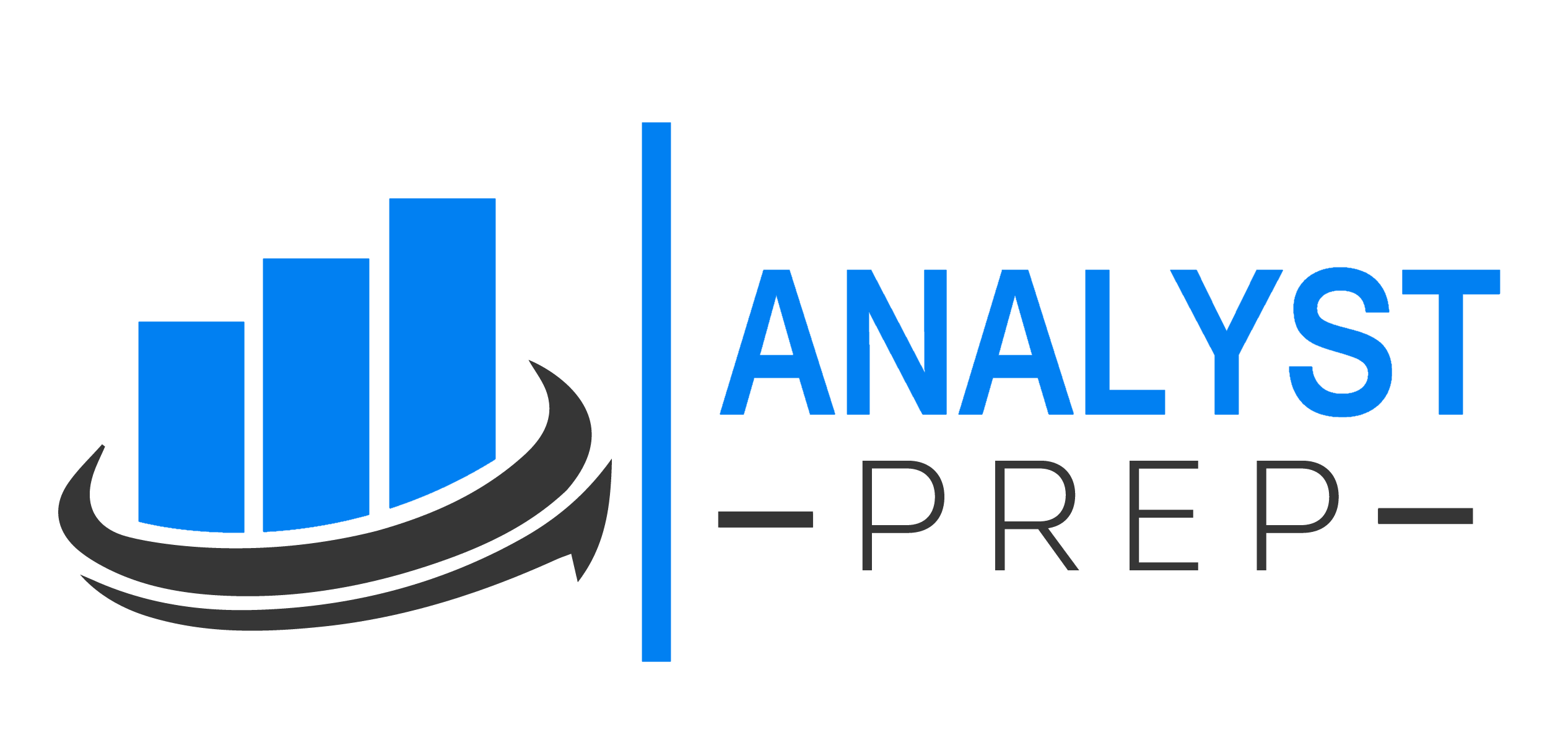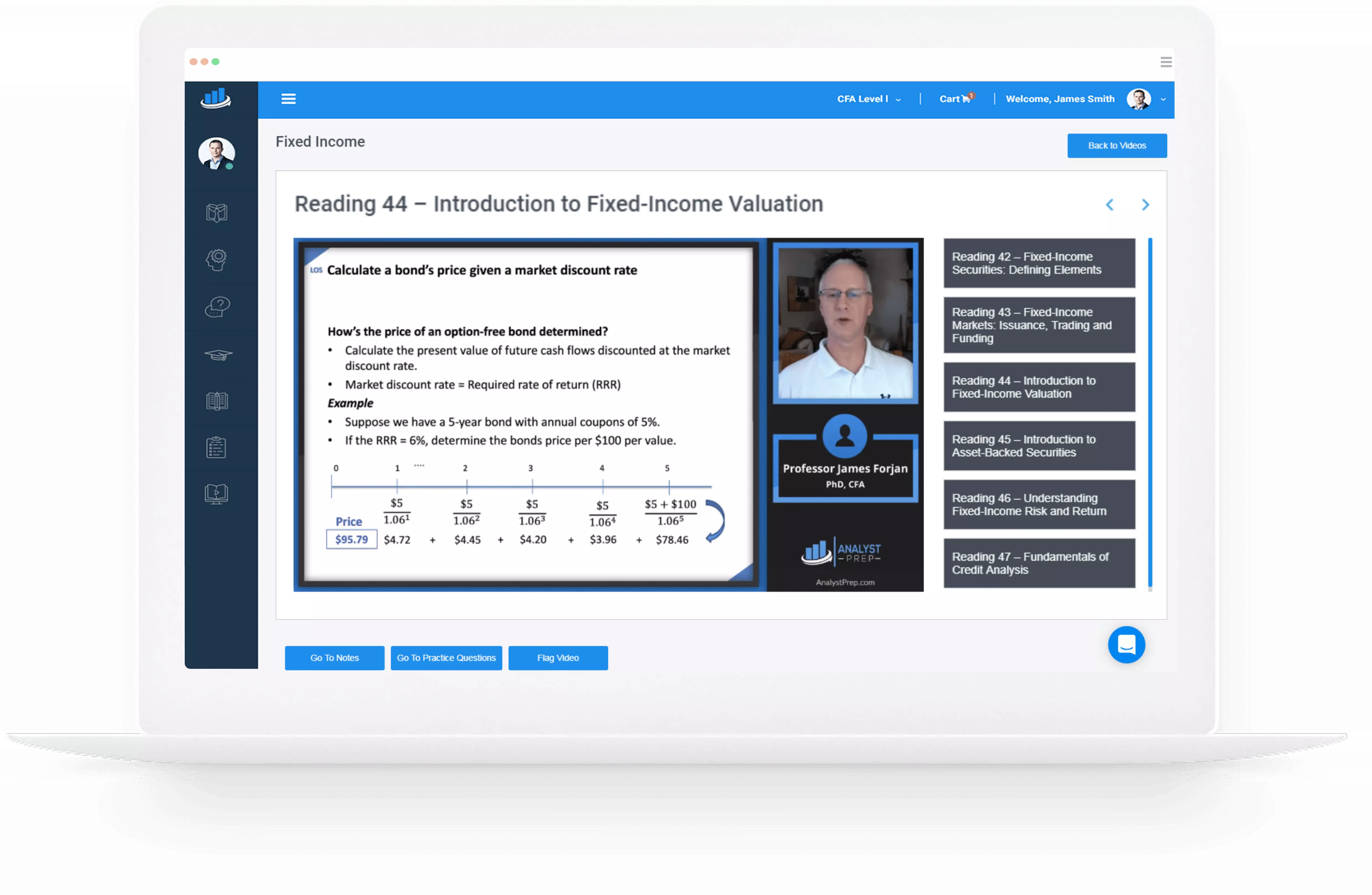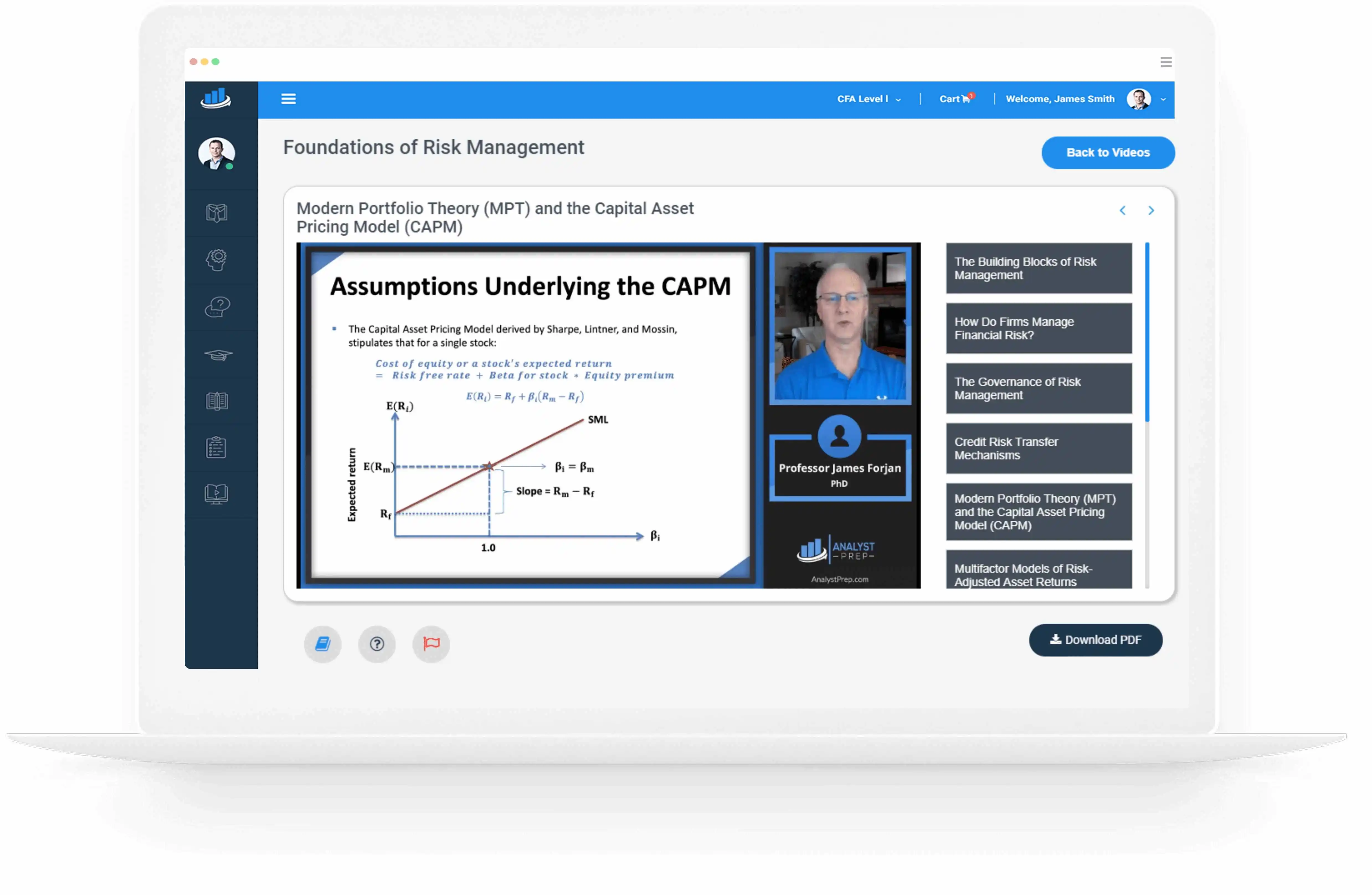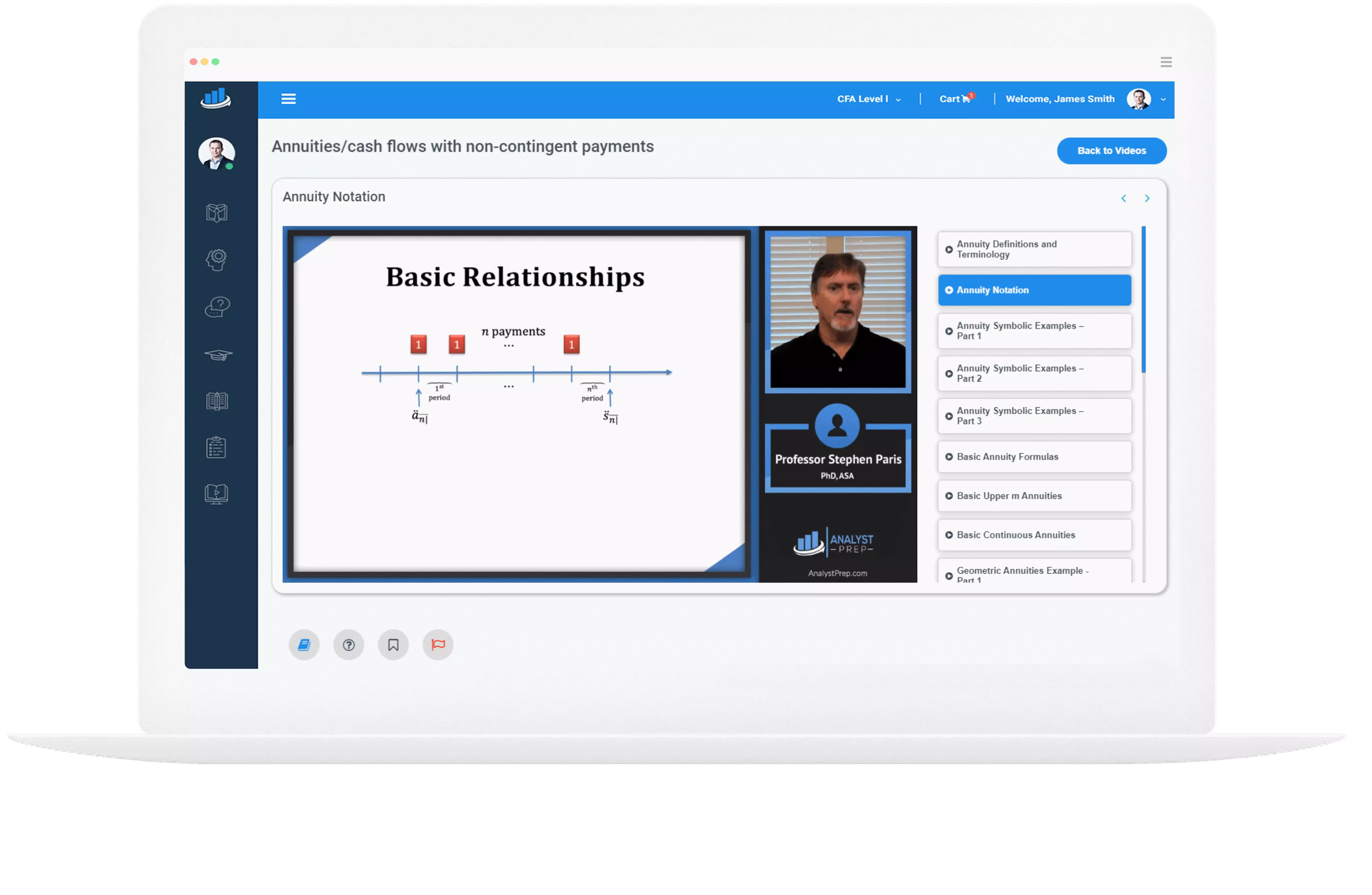Electronic Trading System Facilities
Features of Electronic Trading Systems The mushrooming of electronic trading systems has forced buy-side traders, proprietary traders, and brokers to adopt the usage of new electronic trading tools. We discuss a few of the features of electronic trading in this…
Types of Electronic Traders
Electronic trading strategies are most effective because they act on information extremely fast. They have been adopted by proprietary traders, buy-side traders, and the automated brokers that serve the systems. Electronic proprietary traders consist of high-frequency and low-latency traders. The…
Market Fragmentation
Market fragmentation implies that a market is composed of several heterogeneous segments. Fragmentation in a market can be caused by several market needs, reduced levels of innovation, and economies of scale. Market fragmentation enables businesses to reach the right consumers….
Electronic Trading Systems
The electronic trading system involves the use of modern information technologies in business. Most large markets use electronic devices in their transactions to enhance efficiency and sufficiency. In such markets, traders and exchange systems are interdependent. While traders need fast…
Implementation Shortfall
The implementation shortfall approach involves taking the difference between the prevailing price and the final execution price when a buy or sell decision is made concerning security. This technique solves the challenges of the effective spread method. It consists of…
Implicit Costs Estimates
Trade prices are compared to the benchmark price to compute the implicit transaction costs. The benchmarks used are the effective spread, implementation shortfall, and VWAP techniques of cost evaluation. Effective Spread The effective spread is a measure of trading costs….
Execution Costs
Execution costs are vital in the provision of favorable portfolio management. They consist of fixed and variable costs. A fixed cost is an expense that remains constant in spite of changes in the volume of investment. In contrast, variable cost…
Balance Sheet Management of Banks and Insurers
Banking and insurance companies have perpetual time horizons. Strategically, their goal is to maximize net present value to capital holders; tactically, this may be achieved by liability-driven investing (LDI) over intermediate and shorter horizons. LDI investing involves first focusing on…
Investment Portfolio of a Private DB Plan
Pension Funds Asset allocations for pension funds show very large differences by country. In the same vein, asset allocations of pension funds within a country are often characterized by large differences. There are many factors that contribute to these inter-…
Investment Policy Statement
Pension Investment Objectives To meet pension liabilities, defined benefit plans need to mix investment returns with contributions. The long-term return on pension plan assets must exceed the discount rate typically used by actuaries to value pension liabilities. Defined contribution pension…




